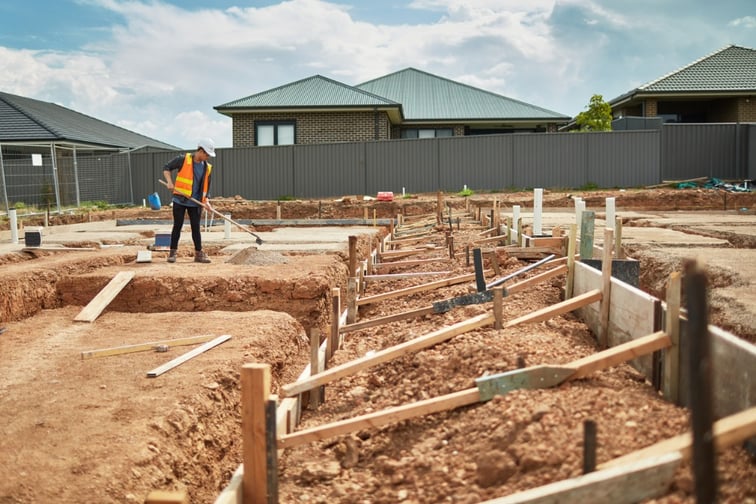

Councils and housing groups have called for a $400 million funding boost in the federal budget to solve what one advocate said was a “truly national” housing crisis, which has seen vacancy rates plummet to their lowest level in both regional and capital cities.
Just 0.8% of rental properties were available to lease nationally in January, according to Domain, well below a “healthy” rate of around 3%. Emma Greenhalgh, National Shelter CEO, said the current squeeze was unique in that people who could no longer afford to rent in bigger cities also struggled to find places in the country.
“People are not able to even contemplate going somewhere where housing may be more available, or cheaper, which is traditionally regional areas, because it doesn't exist,” Greenhalgh told ABC. “It is truly a national crisis. There are families and individuals who we know are sleeping in tents and sleeping in cars.”
During the COVID-19 pandemic, tens of thousands of Australians migrated to the regions, while others moved out of share houses or their parents’ homes to seek better work-from-home space.
This trend put a strain on the housing market, and was worsened by the full reopening of Australia’s borders.
Recent CoreLogic data showed that rental prices are now 22% higher than they were in 2020, meaning the average weekly rent has now hit $555.
It has prompted the National Shelter, the Community Housing Industry Association, and the Australian Local Government Association (ALGA) to join in calling for a $400 million Commonwealth funding boost over four years to address the housing squeeze.
Possible solutions such as auctioning off cheap blocks, offering rate relief, and approving high-rise apartment buildings in bigger inland cities, have already been tested by councils to solve the fundamental problem of not having enough housing.
Matt Burnett, ALGA vice-president and Gladstone mayor, said despite his council setting up a housing company to build nearly 80 affordable units during the LNG boom, demand was still outstripping supply.
“People have caravans at the front and the back of their homes now to support friends and family who are unable to get, particularly, rentals,” Burnett said. “That is very common. Certainly I've seen it around Queensland.”
He said councils understood what their communities needed and were well positioned to facilitate the right mix of housing.
But Grattan Institute’s Brendan Coates said if councils wanted more houses built, they could do so “by allowing more development applications to proceed.”
“Councils decide planning applications and decide what gets built,” Coates said.
To solve the housing crisis in Australia, he said what the governments should do was reform their planning laws, which should then be implemented by the local governments.
Coates cited Auckland, New Zealand, as an example, saying rent in the city is now cheaper because it “upzoned” to encourage the construction of more apartments and townhouses.
“They did that in 2016,” Coates said. “Rents in Auckland have fallen 2% since 2016, after adjusting for inflation, whereas rents in New Zealand, more broadly, are up 10%.”
Federally, the Albanese Government has pledged to address housing affordability and supply through a national housing accord, which includes a $350 million grant for the construction of 10,000 affordable homes, ABC reported.
What do you think about this story? We’d love to hear from you in the comments below.
